Related Research Articles

Herbert Jeffrey Hancock is an American jazz musician, bandleader, and composer. Hancock started his career with trumpeter Donald Byrd's group. He shortly thereafter joined the Miles Davis Quintet, where he helped to redefine the role of a jazz rhythm section and was one of the primary architects of the post-bop sound. In the 1970s, Hancock experimented with jazz fusion, funk, and electro styles, using a wide array of synthesizers and electronics. It was during this period that he released perhaps his best-known and most influential album, Head Hunters.

Helen Chadwick was a British sculptor, photographer and installation artist. In 1987, she became one of the first women artists to be nominated for the Turner Prize. Chadwick was known for "challenging stereotypical perceptions of the body in elegant yet unconventional forms. Her work draws from a range of sources, from myths to science, grappling with a plethora of unconventional, visceral materials that included chocolate, lambs tongues and rotting vegetable matter. Her skilled use of traditional fabrication methods and sophisticated technologies transform these unusual materials into complex installations. Maureen Paley noted that "Helen was always talking about craftsmanship—a constant fount of information". Binary oppositions was a strong theme in Chadwick's work; seductive/repulsive, male/female, organic/man-made. Her combinations "emphasise yet simultaneously dissolve the contrasts between them". Her gender representations forge a sense of ambiguity and a disquieting sexuality blurring the boundaries of ourselves as singular and stable beings."
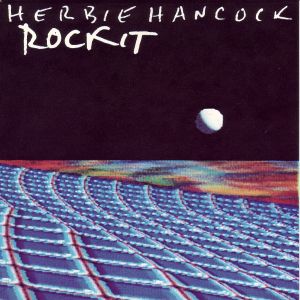
"Rockit" is a composition recorded by American jazz pianist Herbie Hancock and produced by Bill Laswell and Michael Beinhorn. Hancock released it as a single from his studio album Future Shock (1983). The selection was composed by Hancock, Laswell, and Beinhorn.
Fiona Banner, also known as The Vanity Press is a British artist. Her work encompasses sculpture, drawing, installation and text, and demonstrates a long-standing fascination with the emblem of fighter aircraft and their role within culture and especially as presented on film. She is well known for her early works in the form of 'wordscapes', written transcriptions of the frame-by-frame action in Hollywood war films, including Top Gun and Apocalypse Now. Her work has been exhibited in prominent international venues such as the Museum of Modern Art, New York and Hayward Gallery, London. Banner was shortlisted for the Turner Prize in 2002.

Pierre Bismuth is a French artist and filmmaker based in Brussels. His practice can be placed in the tradition of conceptual art and appropriation art. His work uses a variety of media and materials, including painting, sculpture, collage, video, architecture, performance, music, and film. He is best known for being among the authors of the story for Eternal Sunshine of the Spotless Mind (2004), for which he won the Academy Award for Best Original Screenplay alongside Michel Gondry and Charlie Kaufman. Bismuth made his directorial debut with the 2016 feature film Where is Rocky II?.
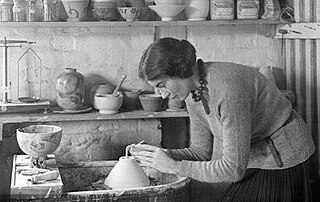
Ursula Frances Elinor Mommens was an English potter. Mommens studied at the Royal College of Art, under William Staite Murray, and later worked with Michael Cardew at Winchcombe Pottery and Wenford Bridge Pottery.
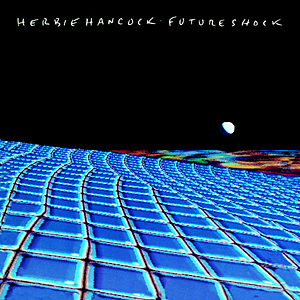
Future Shock is the twenty-ninth album by American jazz pianist Herbie Hancock, released in August 1983 by Columbia Records. It was his first release from his electro-funk era and an early example of instrumental hip hop. Participating musicians include bass guitarist Bill Laswell, guitarist Pete Cosey and drummer Sly Dunbar.
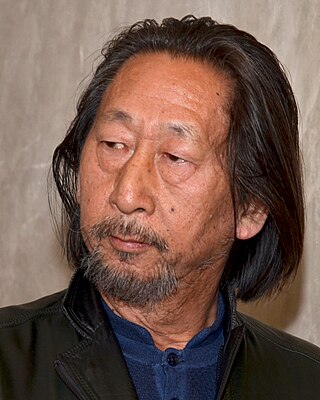
Wang Guangyi is a Chinese artist. He is known as a leader of the new art movement that started in China after 1989, and for his Great Criticism series of paintings, which use images of propaganda from the Cultural Revolution (1966–1976) and contemporary brand names from western advertising.
Andro Wekua is a Georgian artist based in Zurich, Switzerland, and Berlin, Germany.
Paul Thek was an American painter, sculptor and installation artist. Thek was active in both the United States and Europe, exhibiting several installations and sculptural works over the course of his life. Posthumously, he has been widely exhibited throughout the United States and Europe, and his work is held in numerous collections including the Hirshhorn Museum and Sculpture Garden in Washington, DC, the Centre Georges Pompidou, Paris, and Kolumba, the Art Museum of the Archdiocese of Cologne.
Nina Breeder, is an Italian contemporary artist based in New York City. She grew up in Northern Italy and lived there until 1991. Later she was relocated to Polperro, UK, for one year where she first met her adoptive brother Massimilian Breeder, who is present in several of her works and future films/video-art collaborations. She studied at Colombo Lyceum for Classic Literature and consequently at the Academy of Art in Florence, Italy.
Richie Barshay is a jazz, Afro-Latin, and klezmer percussionist based in Northampton, Massachusetts and New York City.

Swarovski Kristallwelten is an experience attraction created by André Heller for the crystal glass manufacturer Swarovski, consisting of a park, art museum, retail area, and restaurant. It opened in 1995 and is located in the Austrian Tyrol, in the town of Wattens, Innsbruck-Land District, where the company was founded and still has its headquarters today. Kristallwelten, together with the Swarovski Kristallwelten Store in Innsbruck and Vienna, form D. Swarovski Tourism Services GmbH.

Arik Levy was born in Tel Aviv. An artist and industrial designer, he attended the Art Center Europe in Switzerland where he graduated with distinction in 1991. Levy employs a multi-disciplinary approach in both the art and industrial design fields. His works have been included in multiple museum collections. Levy lives and works in Paris.
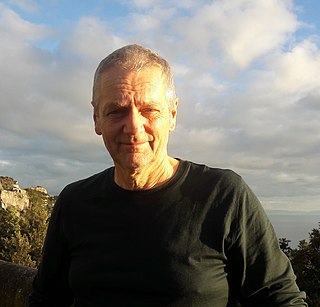
Jårg Geismar, was a German artist. He lived and worked in Düsseldorf.
Alfred Rozelaar-Green, RWA was a British artist and founder of the Anglo-French Art Centre in St. John's Wood.

Anthea Hamilton is a British artist who graduated from Leeds Metropolitan University and the Royal College of Art and was one of four shortlisted for the 2016 Turner Prize. Hamilton was responsible for the show's most popular exhibit Project for a Door depicting a doorway consisting of large naked buttocks which reworks a proposal by Italian architect Caetano Pesci, dating from the early 1970s. She is known for creating strange and surreal artworks and large-scale installations.
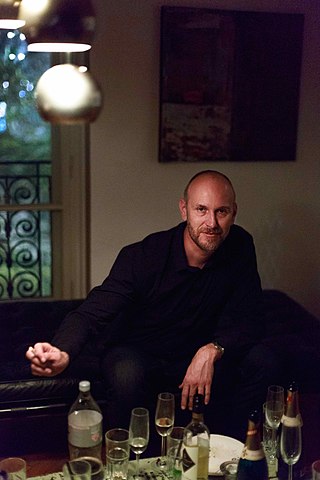
Christopher Winter is an English contemporary artist. In addition to painting and drawing, both abstract and figurative, Winter also makes video and sculpture. His work interprets contemporary reality and reactions to modern life.
The BFI Gallery was the British Film Institute's contemporary art gallery dedicated to artists' moving image housed within BFI Southbank, the BFI's flagship venue in London, previously known as the National Film Theatre.

Lou Ros is a French painter. Ros is known for his figurative-come-expressionist and abstract art. He is a notable exponent of the figurative expressionist Movement.
References
- Heavenly Bodies, Sam Scoggins (Director), RCA Department of Film & Television (1982), BFI Database 22961
- Alter Image (featuring Jim Whiting), After Image Channel 4 (1983) BFI Database 654993
- South of Watford: Jim Whiting, Nigel Miller (Director), JWT (1986) BFI Database 483642
- Jim Whiting: Unnatural Bodies (Exhibition Guide), Galerie Klaus Littmann Basel (1988) OCLC 603554977
- Unnatural Bodies, Stuart Clarke (Director) Wild Dream Films (1992) BFI Database 492436
- Eclipse of Art: Tackling the Crisis in Art Today, Julian Spalding, Prestel (2003) p. 37 ISBN 978-3-7913-2881-2
- The Best Art You've Never Seen:101 Hidden Treasures From Around the World, Julian Spalding, Rough Guides (2010), p. 196-7 ISBN 978-1-84836-271-0